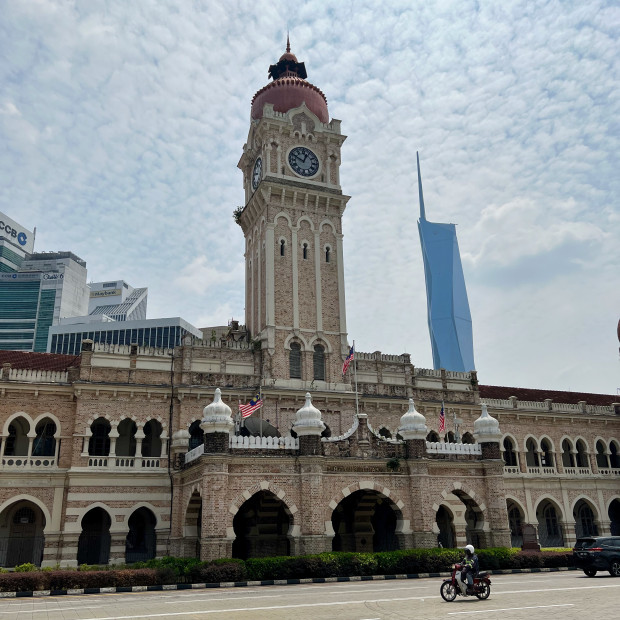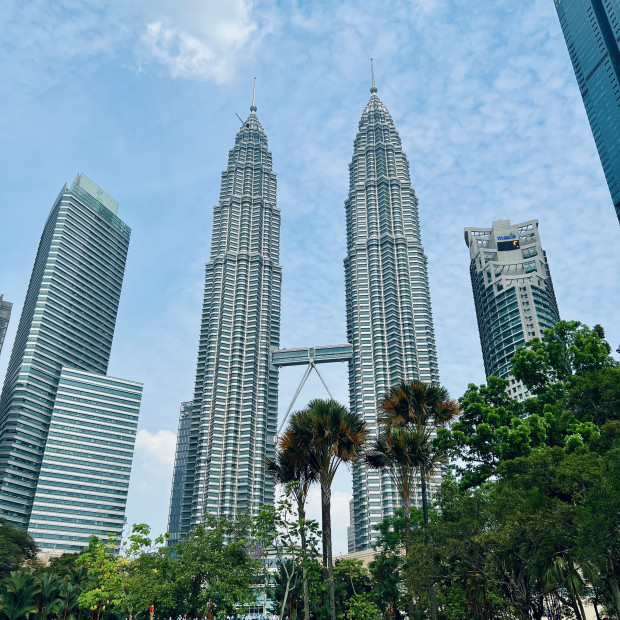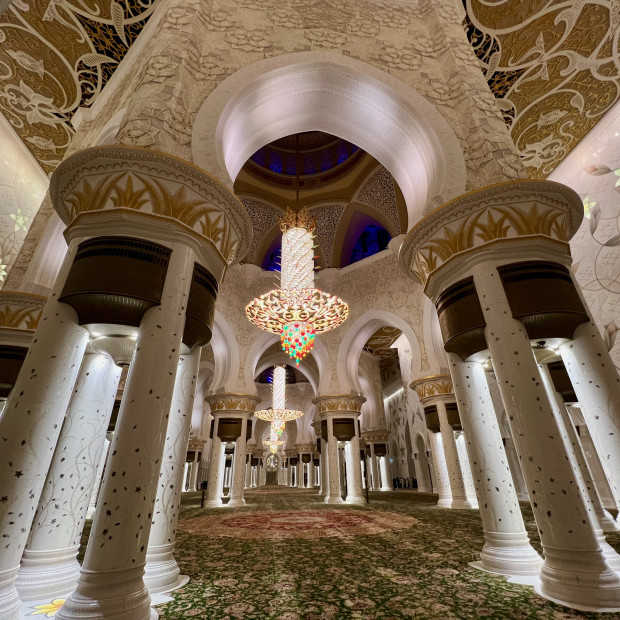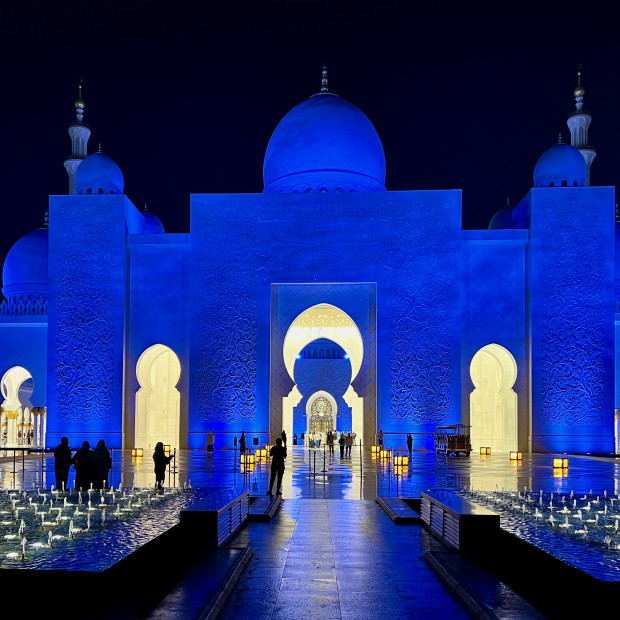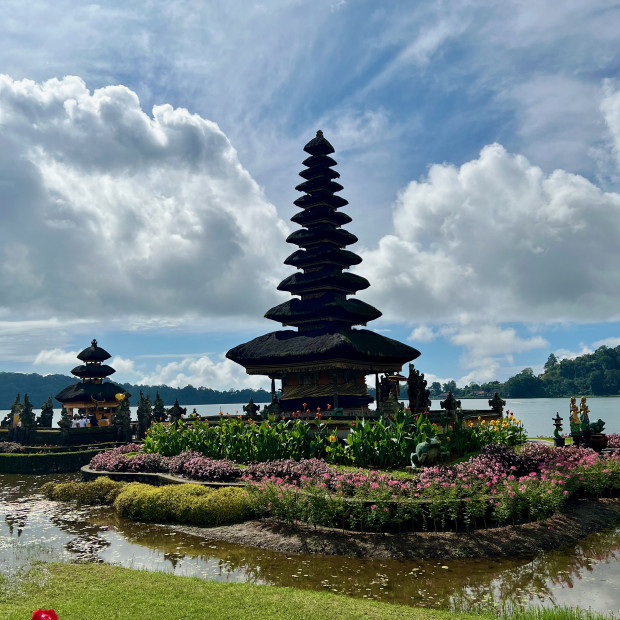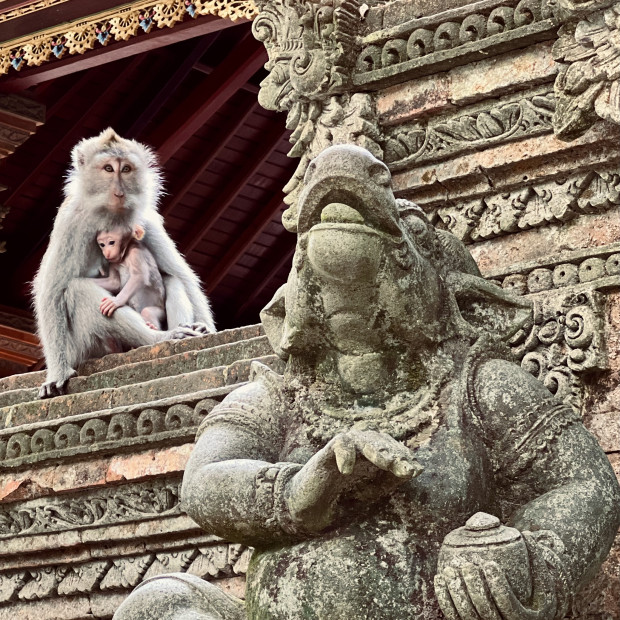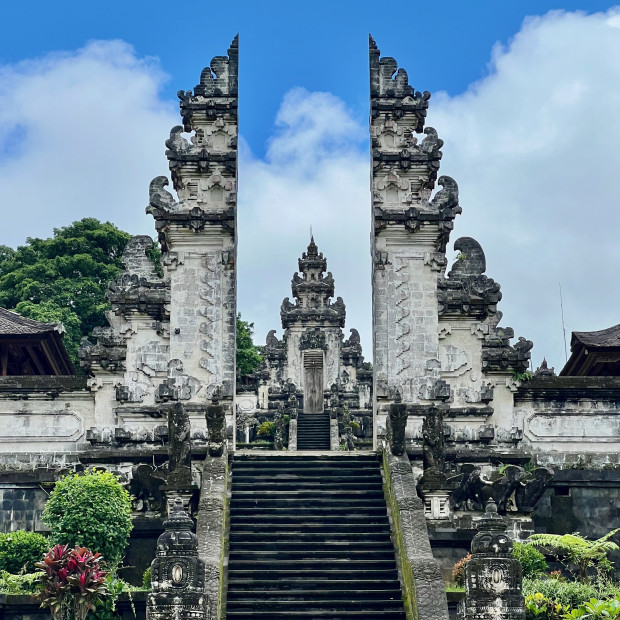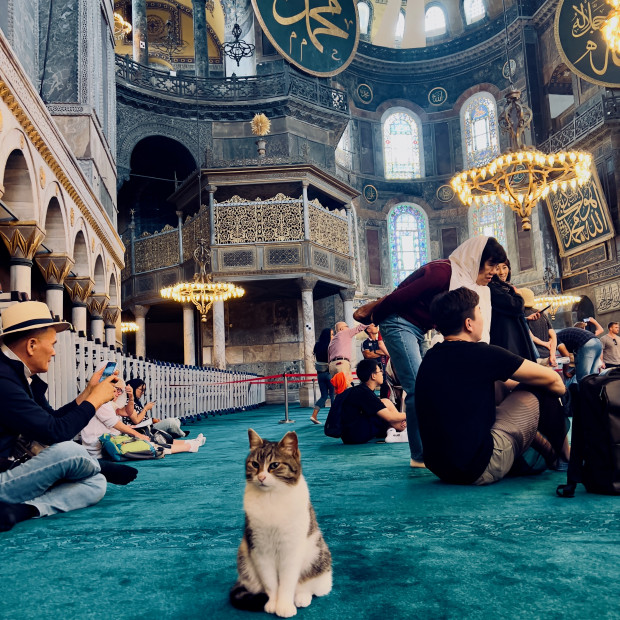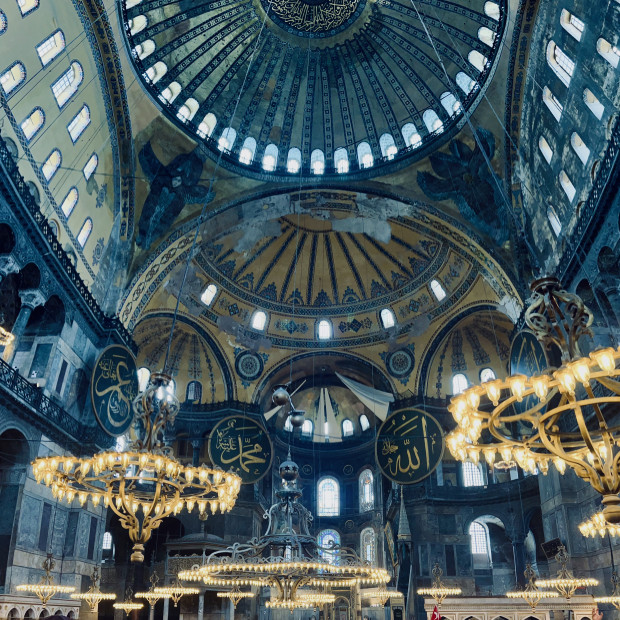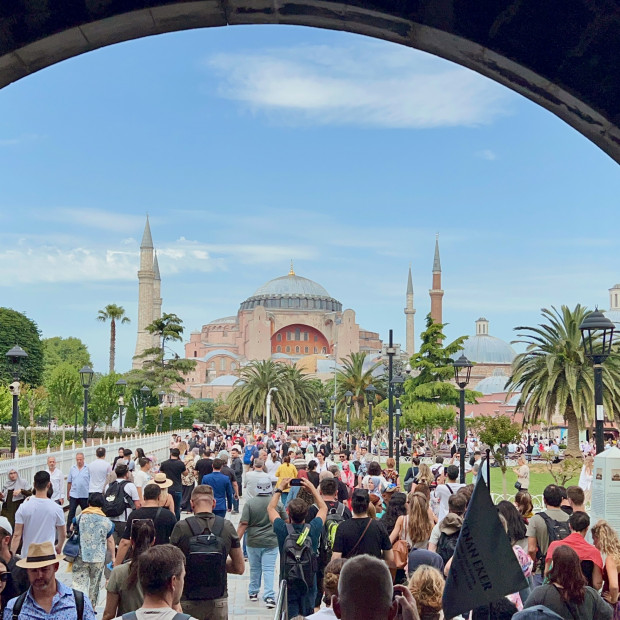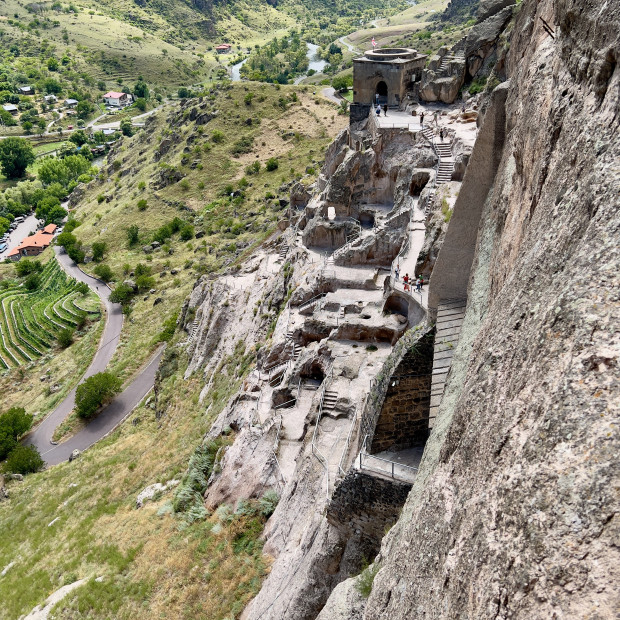About this place
Batu Caves, located in Gombak, Selangor, Malaysia, is a limestone hill comprising three major caves and several smaller ones. This site is approximately 13 kilometers north of Kuala Lumpur and has become one of Malaysia's most popular Hindu shrines outside India. The caves are also a landmark natural attraction in the country, attracting thousands of worshippers and tourists annually.
The Batu Caves were discovered in 1892 and have since been an important religious site for Hindus. The main attraction is the large statue of the Hindu God at the entrance, Lord Murugan, which stands at 42.7 meters (140 feet) in height, making it the world's tallest statue of Murugan. The site is particularly renowned for the annual Hindu festival of Thaipusam in Malaysia. The caves are said to be around 400 million years old, with the temple complex being established in the late 19th century.
The Caves
The complex consists of three main caves: Temple Cave (or Cathedral Cave), Dark Cave, and Art Gallery Cave. The Temple Cave, located at the summit of the hill, is accessed by a steep flight of 272 steps. This cave houses several Hindu shrines beneath its 100-meter-high arched ceiling. The Dark Cave, just below the Temple Cave, is home to a variety of animals and rock formations. It is managed by the Malaysian Nature Society and offers educational and adventure tours. The Art Gallery Cave and Museum Cave are located at the base of the hill, featuring Hindu statues and paintings.
Ecology and Conservation
Batu Caves supports a range of wildlife, including several species unique to the area. The Dark Cave is particularly significant for its ecological diversity, home to the rare trapdoor spider and other endemic species. Conservation efforts are ongoing to protect the cave's delicate environment from the impacts of tourism and development.
Accessibility and Facilities
Batu Caves is easily accessible from Kuala Lumpur by road and rail, with a dedicated KTM Komuter train station nearby, making it a convenient day trip for visitors. Facilities around the area include parking, food stalls, and souvenir shops. Visitors should be prepared for the physical challenge of climbing the steep steps to the Temple Cave, and respectful attire is recommended to honor the religious significance of the site.
Cultural Impact
Besides being a major religious site, Batu Caves has also contributed to the cultural fabric of Malaysia, showcasing the country's multicultural heritage. The annual Thaipusam festival here draws devotees from around the world in a vibrant display of faith, endurance, and devotion, featuring processions, offerings, and ceremonial acts of penance.
In summary, Batu Caves serves as a fascinating blend of natural beauty, cultural richness, and religious significance, offering insights into Hindu traditions and Malaysian biodiversity. Its towering limestone formations, endemic wildlife, and majestic Hindu shrines continue to captivate visitors from across the globe.

